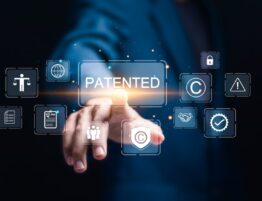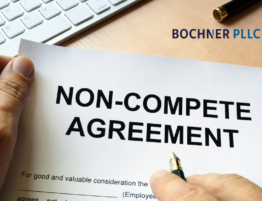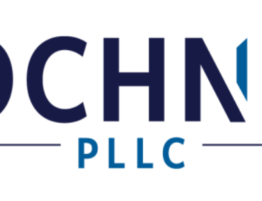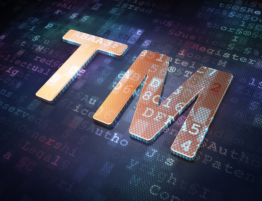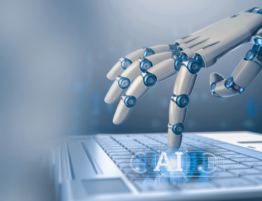
Intellectual property (IP) is a critical aspect of artificial intelligence (AI), as AI technologies continue to advance and become more prevalent in various industries.
Here are some key aspects of IP as it relates to AI:
1. Patents:
AI technologies can be patented, just like any other technology. Patents are used to protect new inventions, and they can be used to protect AI algorithms, systems, and software. To be eligible for a patent, an AI invention must be new, non-obvious, and useful.
2. Copyright:
Copyright law can be used to protect AI-related works such as software, code, and data sets. For example, the source code for an AI algorithm set used to train an AI model can be protected by copyright law. However, it’s worth noting that copyright does not apply to the ideas or concepts behind an AI algorithm or system.
3. Trade secrets:
Trade secrets can be used to protect confidential information related to AI, such as proprietary algorithms, software, or datasets. Trade secrets can be enforced through non-disclosure agreements (NDAs) or other contractual arrangements.
4. Trademarks:
AI technologies and products can be branded with trademarks. Trademarks are used to protect names, logos, and other identifying marks used in commerce.
5. Ethical considerations:
In addition to legal IP protections, there are also ethical considerations related to AI and IP. For example, questions may arise regarding the ownership of AI-generated works, or the use of copyrighted material to train AI models.
Overall, IP protection is important for AI innovators to ensure that their technologies are not misused or infringed upon. As AI continues to advance and become more prevalent, it will be important for businesses and individuals to stay up-to-date with the latest IP laws and regulations.
The increasing use of artificial intelligence (AI) technologies has the potential to both create new intellectual property (IP) and raise new challenges for existing IP laws and regulations.
Here are a few ways in which the IP of others may be affected in the age of AI:
1. Creation of new IP:
AI can be used to create new works that are eligible for IP protection, such as original artwork, music, or written works. This raises questions about the ownership and attribution of these works, as they may have been generated entirely by an AI system without direct human input.
2. Infringement:
AI can also be used to infringe on existing IP, such as by generating content that infringes on copyrighted material or by using patented algorithms or technologies without permission.
3. Enforcement:
Enforcement of IP rights may become more difficult in the age of AI, as identifying infringement may require specialized technical expertise and the ability to distinguish between human-generated and AI-generated content.
4. Fair use:
The use of AI to analyze and extract insights from large datasets may raise questions about fair use and the extent to which AI algorithms can be used to reproduce and distribute copyrighted material. Moreover, it is yet unclear the impact of AI datasets containing significant amounts of copyrighted materials and whether this use should be considered fair to the creators of such works.
Overall, the impact of AI on the IP of others will depend on a range of factors, including the specific applications of AI technology and the evolving legal and regulatory landscape surrounding AI and IP. As AI continues to advance, it will be important for stakeholders to engage in ongoing discussions about how to balance innovation and IP protection in a rapidly changing technological landscape.

